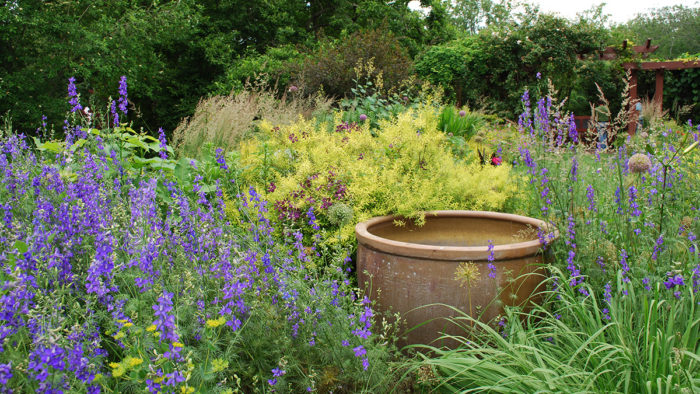
Why is it that I’m bound to fall the hardest for a plant that can’t grow in my zone? I call this feeling “zone envy.” When zone envy begins, so begins the internal bargaining: “I’ve got a spot that’s 5 degrees cooler than everywhere else with rich, well-drained soil. I’ll build this plant a removable shade umbrella and check on it every day. I’m special. It will grow for me.” But when the reckoning comes that plants really don’t change, I don’t despair. Instead, I allow my desire some space to roam, and consider looking for a closely related species that’s more tolerant of our climate.
Below I offer examples of three of my previous plant obsessions—all of which thrive in zones with cooler summers or different soil types than my southeastern Zone 8 garden—along with the plants that I turned to instead to satisfy the craving.
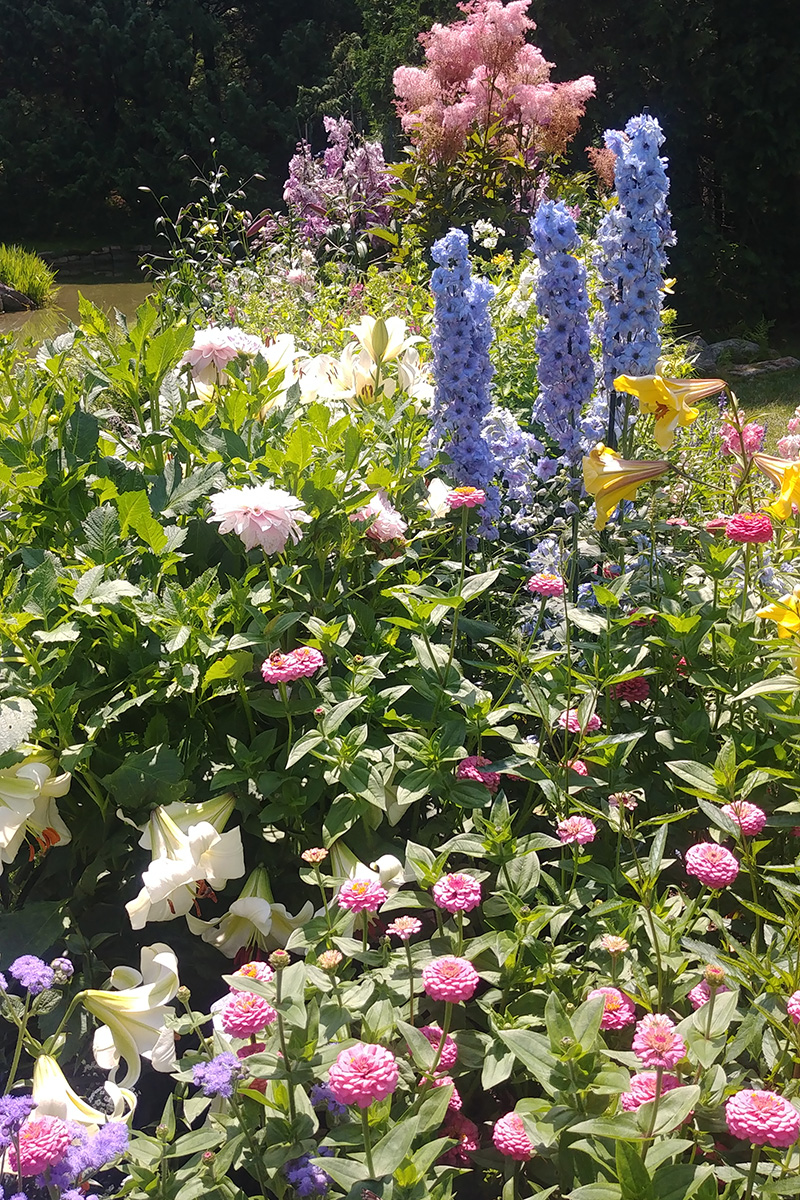
What sparked my zone envy: Garden delphinium
Garden delphiniums (Delphinum elatum and cvs., Zones 3–7), or candle larkspur, are seriously big, seriously romantic, and seriously blue. The tall hybrid delphiniums are the poster children for everything magical that we can’t grow in the South. One day someone will breed a giant summer snapdragon (Angelonia spp. and cvs., Zones 9–11), and then I’ll have fun re-creating an English cottage garden in the Southeast.
 |
 |
| Dwarf larkspur (left) and rocket larkspur (right) mimic the distinctive blue flowers on long flower stalks that garden delphinium is known for. Photos: Paula Gross |
What I grow instead: Dwarf larkspur and rocket larkspur
Dwarf larkspur (Delphinium tricorne, Zones 4–8) and rocket larkspur (Consolida ajacis, annual) are less beefy but equally as charming as garden delphinium. The spurred purplish-blue flowers with whitish centers that are characteristic of garden delphinium are present in both, if smaller. Dwarf larkspur is a spring ephemeral native to the lower Midwest. It’s a partial-shade lover suited for a special spot in the garden. Growing 12 to 18 inches tall (most of that height made up of the flower spike), dwarf larkspur shows up suddenly like a garden sprite, charms the heck out of you, and then disappears by June. About the time it is beginning to fade, over in the sunny border rocket larkspur is popping into bloom. Capable of making quite a show, this reseeding larkspur blooms on loose racemes that grow up to 3 feet tall, surrounded by airy, ferny foliage. I love the classic blue shades, but there are also pink and white varieties. To add rocket larkspur to your garden, begin by choosing a sunny, weeded, but unmulched area and spread seed in August or September, then top with a very thin layer of a fine-textured bark mulch.
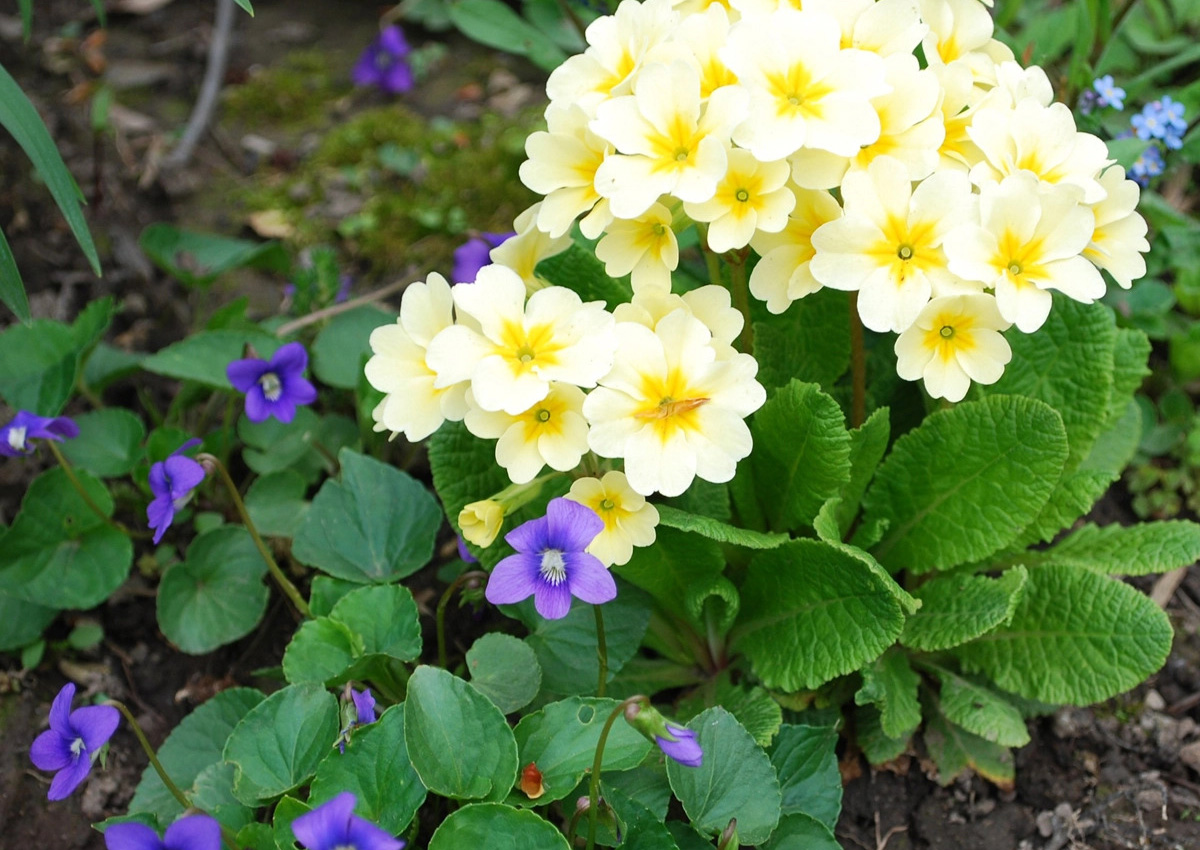
What sparked my zone envy: Primroses
Primrose hybrids (Primula spp. and cvs., Zones 4–8) are another classic English garden staple. Cheery primroses with neat rosettes of leaves burst into bloom with circular flowers in bright, clear colors with contrasting eyes. Every spring the large flowered hybrids are sold in Southeastern garden centers despite the fact that they finish blooming in less than a month and don’t make it through the heat of our summers. And yet they still fly off the shelves. (Believe me, I get it!)
 |
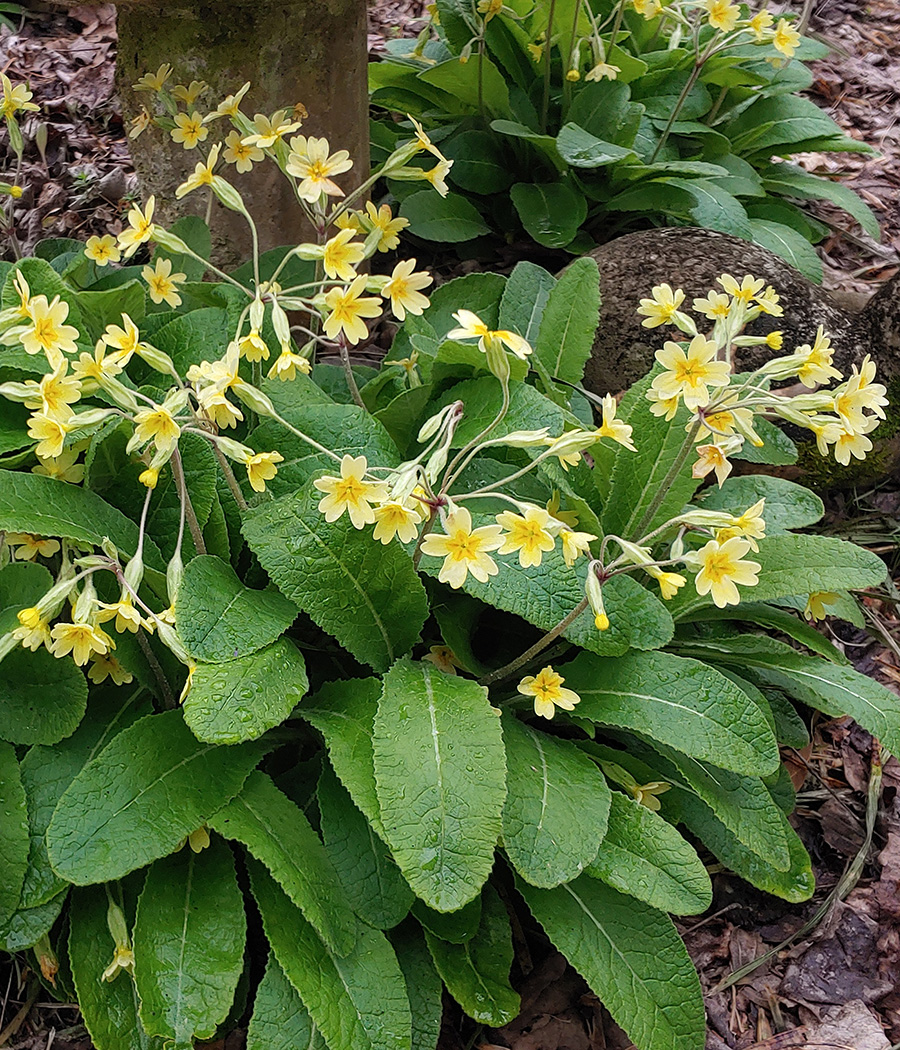 |
What I grow instead: Sibthorp primrose and cowslip
Because so many primroses don’t grow in our Southern soils and heat, it takes a little poking around to find nurseries carrying these two beauties that do. Sibthorp primroses (Primula vulgaris ssp. sibthorpii, Zones 4–8) look a lot like the larger hybrids, just a bit more modest. They grow in the same 5-inch-high rosettes with classic primrose-shaped flowers in rich shades of red, pink, and white—all with some degree of a contrasting yellow eye. Give them a spot in morning sun and afternoon shade or high shade in rich, well-drained soil. Do the same for the 8-inch-tall cowslip (Primula veris, Zones 3–8) with its clusters of clear, sweet yellow flowers that bloom in spring.
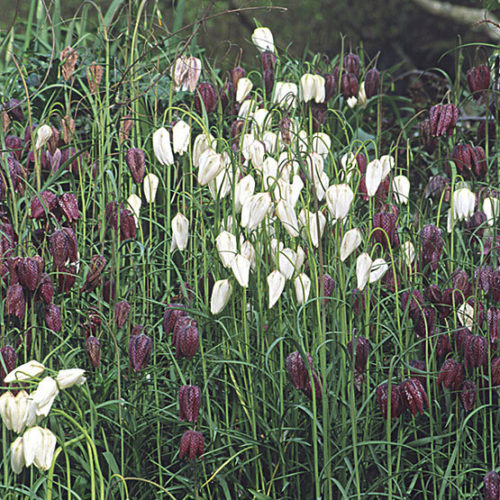
What sparked my zone envy: Checkered lilies
I’ve always wanted to grow checkered lilies (Fritillaria meleagris, Zones 3–7). Truth be told, I was obsessed with the entire genus Fritillaria and tried half a dozen species before my hard reckoning that they don’t grow here. There was something about those nodding flowers with their fascinating checkerboard pattern that I just had to grow to believe. The pictures of these flowers blooming in meadows in parts of England did not help me tame my obsession one bit.
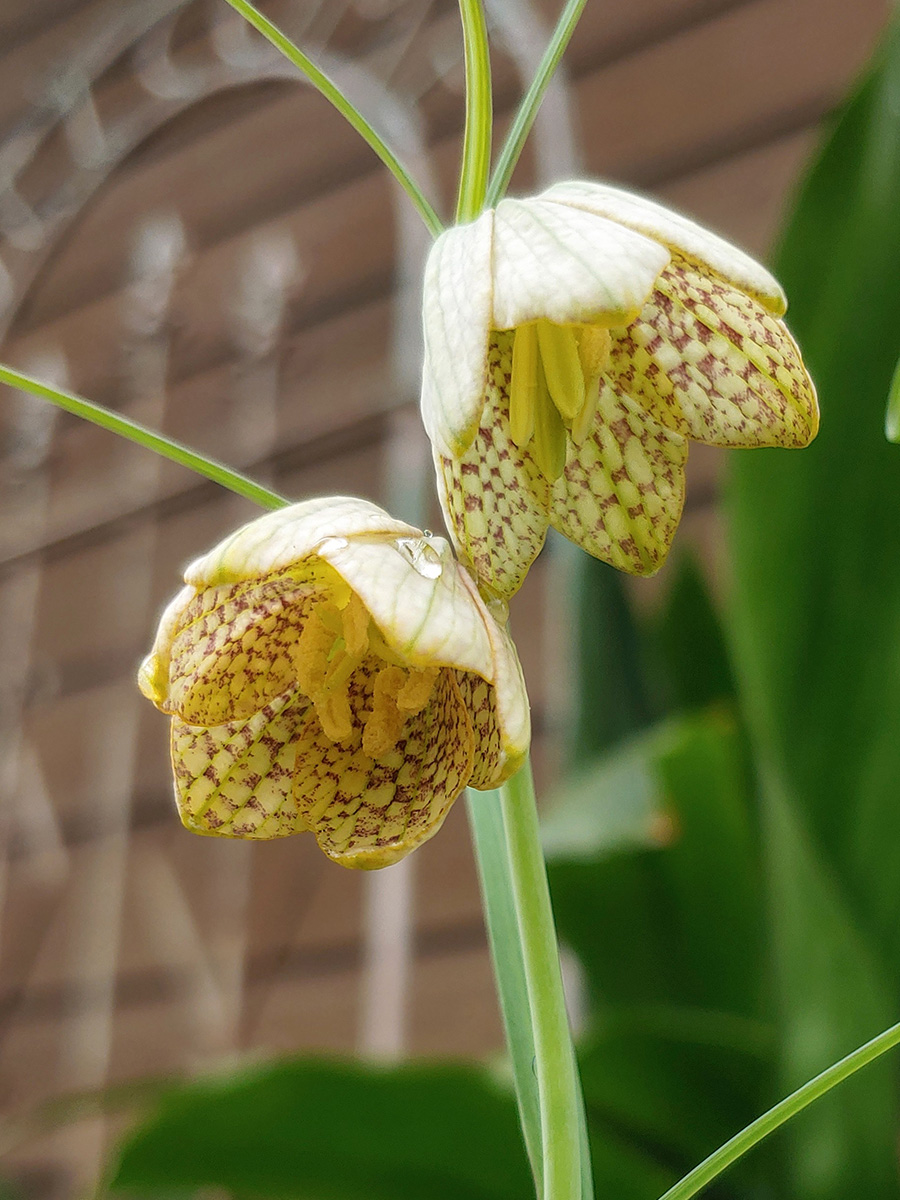
What I grow instead: Thunberg fritillary
I eventually had to look away from fritillaries. That is, until one March a few years back. While I was walking a friend’s garden, something caught my eye and caused my head to whip around. Apparently an obsession gone dormant takes only a spark to reignite. There grew a tall yet delicately beautiful fritillary! I barraged my friend with questions until it was clear that the best course of action for everyone was to share a bulb or two. Thunberg fritillary (Fritillaria thunbergii, Zones 6b–9) is now growing happily in partial sun and afternoon shade in two spots in my garden. Its strappy, sage green foliage grows up to 2 feet tall and bears nodding, pale yellow flowers with a hint of green. They’ve even got a checkerboard of maroon inside that I happily squat down and look up into to appreciate. And they have unique elegant curling leaf tips that act as tendrils. The plant goes dormant by June, but the foliage dries in place, so then I have a vase full of fritillary foliage to admire year-round.
I’ve still got zone envy from time to time, but it’s OK because I know there are plenty of plants out there that will stir my desires AND love me back.
—Paula Gross is the former assistant director of the University of North Carolina at Charlotte Botanical Gardens.
Fine Gardening Recommended Products
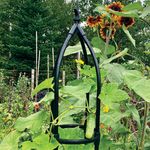
Lee Valley Garden Obelisks
Fine Gardening receives a commission for items purchased through links on this site, including Amazon Associates and other affiliate advertising programs.
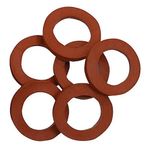
Gilmore Rubber Hose Washer 10pk
Fine Gardening receives a commission for items purchased through links on this site, including Amazon Associates and other affiliate advertising programs.
- Clip of 10
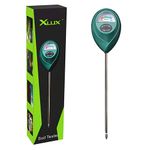
XLUX Soil Moisture Meter
Fine Gardening receives a commission for items purchased through links on this site, including Amazon Associates and other affiliate advertising programs.
- Simply insert the moisture meter into soil and you'll get the test result instantly
- Single probe, less hurts to the roots, doesn't dig up too much soil after test


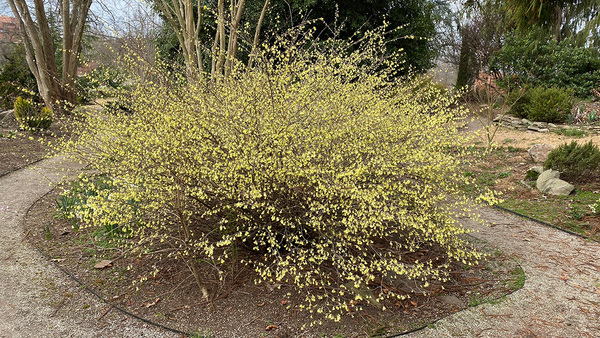
















Comments
Log in or create an account to post a comment.
Sign up Log in